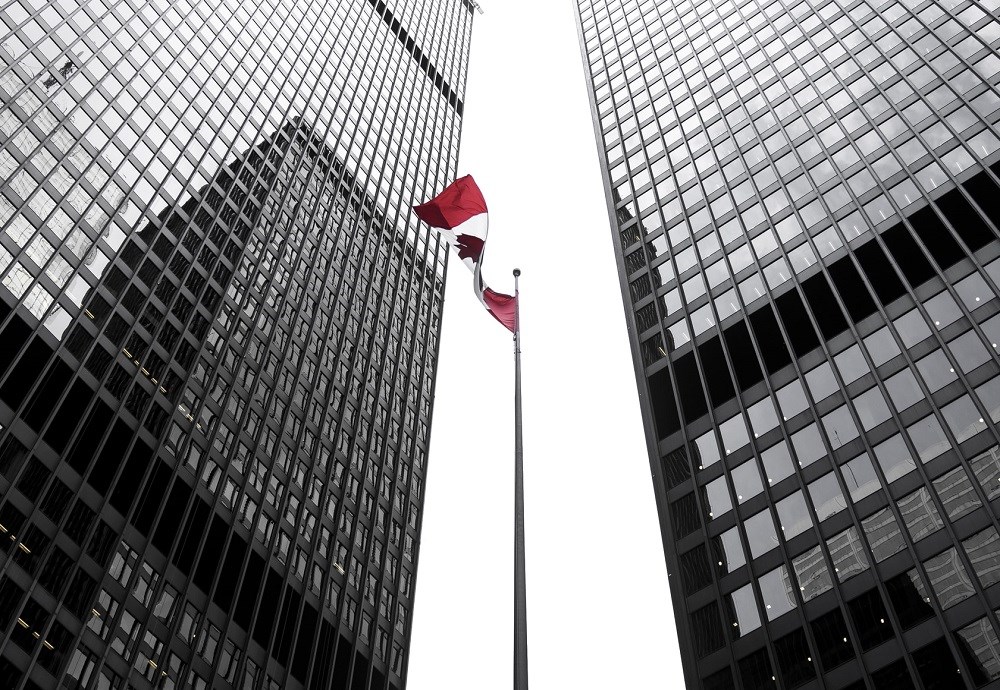
At present, it seems like shortages abound everywhere. In commodities, notably in oil, gas, and copper, spot prices are at record levels. In housing, an international comparison finds that Canada is short about 1.8 million homes. All through 2021, builders have complained about a lack of timber, plywood, windows, even urethane, all of which resulted in higher prices, which should endure into 2022. Car dealers still can’t hold inventories because manufacturers, low on computer chips, can’t supply them. And now, there’s a labour shortage too. Is there any reprieve in sight?
“The shortages come from a combination of factors,” explains David Sekera, chief market strategist at Morningstar. “A lot of what we see is linked to excess spending in durable goods. Shortages in autos and in chips added a lot to inflation; the surge in used car prices alone prompted half of the inflation hike. In China and South East Asia, zero-covid policies leading to strict lockdowns, while there was excess demand in the U.S. caused many container ship delays. And add to that a shortage of truck drivers and a shortage of labor overall where we find more job openings than people seeking employment,” he says.
He thinks some key shortages will relent, especially on the supply-chain side. “As the pandemic recedes, we expect a shift back into services by mid-2022,” Sekera notes. People won’t buy spas anymore, but rather airline tickets to travel to vacation spots by the sea. They will stop renovating their kitchen and go out to restaurants.
The shift toward services should help alleviate supply chain bottlenecks, which give signs of easing. “In late September 2021, we believed that the supply chain crisis might persist until the middle of 2022. Now, full-year results from front-line shipping and logistics giants Maersk (MAERSK B) and DSV (DSV) have confirmed our thesis, with the former now believing that normalization of shipping markets won’t take place until the second half of the year,” Sekera says.
Expect a 30% Rise in Food Prices
While the first wave of shortages should recede soon, easing their share of upward pressure on inflation, a second wave is building.
The Ukraine war has exacerbated pressures on oil, gas and other commodity prices. “As markets react to the conflict between Russia and Ukraine, price moves for corn, wheat, oil, and metals may mean new inflationary pressures for central banks to contend with in the coming months,” writes Andrew Sheets, Chief cross-asset strategist at Morgan Stanley.
Recently, oil prices have shot up sporadically above the emblematic price threshold of $US 100 per barrel, but mostly diesel prices are rising faster. In the U.S., they have risen by US$ 1.03 in the last year versus US$ 0.90 for regular gasoline, according to the U.S. Energy Information Administration.
“The reality is that with diesel moving much higher than gasoline, we're not only looking at higher fuel prices, but pretty much the cost of everything as if inflation isn’t high enough,” says Dan McTeague, President of Canadians for Affordable Energy to CP24. “We're looking at a 30 to 35 per cent increase in food prices as a result of these increases in diesel and we haven't even started the planting season yet,” he adds.
No Place to Call Home
Shortages in housing and rents are increasingly drivers of inflation. “In the U.S., most of inflation is rent related,” says Benjamin Tal, deputy chief economist at CIBC. And it seems to be coming to Canada, given Statcan’s recent announcement that, while the CPI rose 5.1%, “shelter costs rose 6.2% year over year in January, the fastest pace since February 1990”.
“You have rents in an upward trajectory, as you usually have an eighteen-month lag between house price increases and rent adjustments,” points out Craig Basinger, chief market strategist at Purpose Investments.
And it is certainly not a secret that housing prices have been on a steep uphill path. Why? There are many reasons, but a foremost one is an acute shortage of dwellings in Canada. According to a Scotiabank report, to get to the G7 average level of 471 houses per 1,000 residents, Canada needs an additional 1.8 million homes.
In comparison, “there is still a shortage of 3.8 million houses in the U.S., reports Brian Bernard, Director of North American industrial equity research at Morningstar. “The National Association of Realtors puts the shortage at 5.5 houses, but I guess that estimate is a bit pessimistic.”
Where are the Workers?
There’s also a shortage of labour everywhere, notably in construction. According to one estimate, the industry needs 300,000 construction workers – and we could be short 81,000 workers by 2030.
The situation is probably not as acute in other sectors, but nevertheless, “hiring difficulties reach worrying heights,” says Pierre Cléroux, vice-president and chief economist at the Business Development Bank of Canada. The BDC survey shows that 45% of entrepreneurs lament a lack of candidates to fill job openings and 44% a lack of required hard or soft skills in candidates. “What’s even more alarming, adds Cléroux, is that labour scarcity is there to stay. The growth of Canada’s labour force will continue to slow for years as the country’s population ages.”
Luckily, labour shortages don’t seem to be compounded by what many commentators in the U.S. have called the “Great Resignation”. “We don’t have any hard data in Canada to really show that there’s a sustained upswing in employed workers voluntarily leaving their jobs – at least more so than normal times,” says Brendon Bernard, Senior economist at job-search portal Indeed Canada. Statistics Canada numbers show that, after a steep decline in the job-switching rate in 2020, it has since come back to the historical trend.
What Does This Mean for Me?
All that creates inflationary pressure. How long will it impact Canadians’ lives? “The bond market is clearly not expecting that to stay long,” says Basinger, given the difference of only 2.46% between the nominal yield of 10-year Treasury bonds and 10-year real return bonds. “That’s nowhere close to 7.5%,” he adds (i.e. present inflation rate in the U.S.).
Benjamin Tal has another perspective. “If inflation doesn’t come back down by September 2022, he states, then in 2023 and 2024 it will be higher than now.”




















